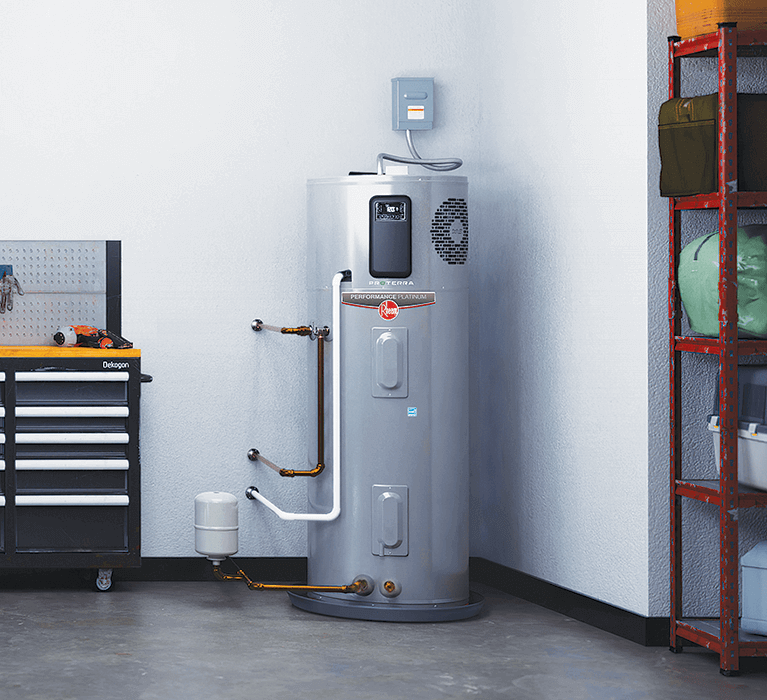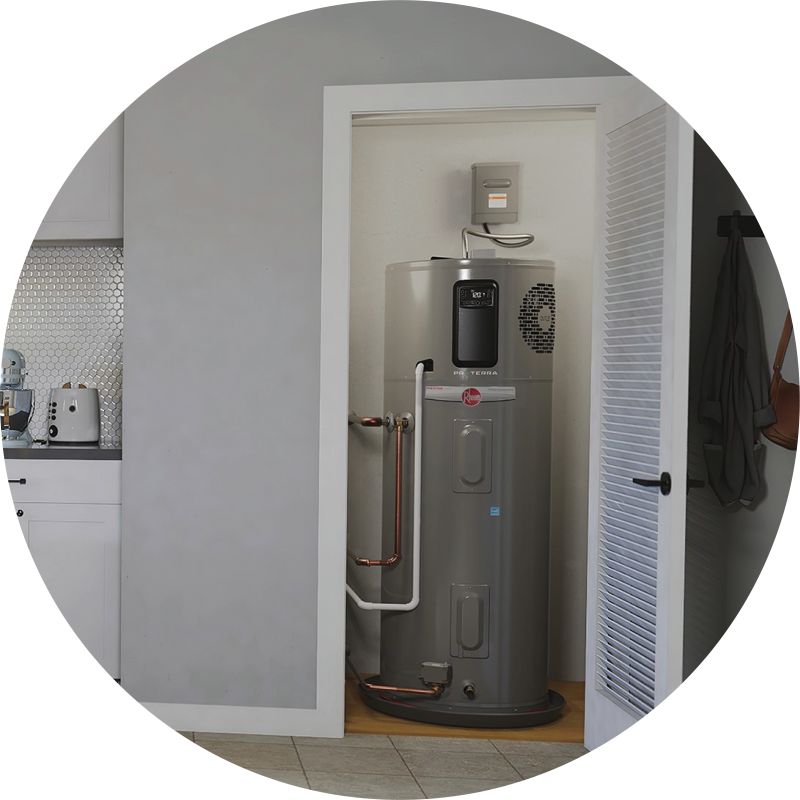The content following next pertaining to Tips on Maintaining a Water Heater is incredibly interesting. Don't miss out on it.

Warm water is necessary for day-to-day comfort, whether it's for a refreshing shower or cleaning recipes. To ensure your hot water system runs efficiently and lasts much longer, regular maintenance is vital. This post gives practical ideas and understandings on exactly how to preserve your home's warm water system to avoid disruptions and costly repair services.
Intro
Maintaining your home's hot water system may seem difficult, yet with a couple of straightforward actions, you can guarantee it operates efficiently for years to come. This overview covers everything from recognizing your hot water system to do it yourself upkeep suggestions and recognizing when to contact specialist aid.
Relevance of Preserving Your Warm Water System
Routine maintenance not just extends the lifespan of your warm water system yet also ensures it runs successfully. Overlooking upkeep can lead to reduced effectiveness, greater power bills, and even early failing of the system.
Indications Your Warm Water System Needs Maintenance
Understanding when your warm water system requires attention can avoid significant issues. Keep an eye out for signs such as irregular water temperature, strange sounds from the heater, or rusty water.
Comprehending Your Hot Water System
Prior to diving right into upkeep jobs, it's helpful to understand the basic components of your hot water system. Normally, this consists of the water heater itself, pipelines, anode poles, and temperature level controls.
Monthly Maintenance Tasks
Routine monthly checks can assist catch small issues prior to they intensify.
Purging the Hot Water Heater
Purging your hot water heater removes sediment accumulation, boosting effectiveness and prolonging its life.
Monitoring and Replacing Anode Rods
Anode rods protect against deterioration inside the tank. Examining and changing them when broken is crucial.
Inspecting and Adjusting Temperature Level Setups
Readjusting the temperature settings ensures ideal efficiency and safety and security.
Do It Yourself Tips for Upkeep
You can do a number of maintenance jobs on your own to maintain your warm water system in leading problem.
Checking for Leaks
Consistently check pipes and links for leaks, as these can cause water damages and greater costs.
Checking Pressure Alleviation Valves
Testing the stress relief valve guarantees it functions correctly and avoids excessive stress build-up.
Insulating Pipes
Protecting warm water pipelines decreases heat loss and can conserve power.
When to Call an Expert
While do it yourself maintenance is useful, some issues call for specialist experience.
Facility Issues Calling For Expert Help
Instances include significant leakages, electrical troubles, or if your water heater is consistently underperforming.
Regular Specialist Maintenance Conveniences
Professional maintenance can consist of detailed assessments, tune-ups, and making certain compliance with safety and security standards.
Verdict
Routine upkeep of your home's hot water system is necessary for efficiency, long life, and cost financial savings. By adhering to these suggestions and knowing when to seek expert assistance, you can guarantee a reputable supply of hot water without unanticipated interruptions.
How to Maintain an Instant Hot Water Heater
Before tinkering with your hot water heater, make sure that it’s not powered on. You also have to turn off the main circuit breaker and shut off the main gas line to prevent accidents. Also turn off the water valves connected to your unit to prevent water from flowing into and out of the appliance. 2. When you’re done, you have to detach the purge valves’ caps. These look like the letter “T” and are situated on either side of the water valves. Doing so will release any pressure that has accumulated inside the valves while at the same time avoid hot water from shooting out and burning your skin. 3. When the purge valves’ caps are removed, you have to connect your hosing lines to the valves. Your unit should have come with three hoses but if it didn’t, you can purchase these things from any hardware or home repair shops. You can also get them from retail stores that sell water heating systems. Read the user’s manual and follow it to complete this task properly. When the hosing lines are connected, open the purge port’s valves. 4. You should never use harsh chemical cleaners or solutions when cleaning your unit. Make use of white vinegar instead. It should be undiluted and you’ll probably use about 2 gallons. 5. Now flush your water heater. This task should probably take about 40 minutes. We can’t give you specific directions for this because the procedure is carried out depending on the type, model and brand of your heater. With that being said, refer to the user’s manual. 6. When you’re done draining the unit, you have to turn off the purge port valves again. Remove the hosing lines that you earlier installed on each of the water valves. Put the valve caps (purge port) back in their respective places and be very careful so as not to damage the rubber discs that are found inside these caps. 7. Now that everything’s back in place, check your user’s manual again to find out how to reactivate your water heating system. 8. Once it is working, turn one of your hot water faucets on just to let air pass through the heater’s water supply pipes. Leave the tap on until water flows smoothly out of it. https://www.orrplumbing.com/blog/2014/september/how-to-maintain-an-instant-hot-water-heater/

Hopefully you liked our article on How to Maintain a Hot Water Heater in a Few Simple Steps. Thanks for taking the time to read our post. Please take the time to distribute this content if you appreciated it. We treasure reading our article about Water Heater Maintenance Tips You Can't Afford to Forget.
Book Maintenance